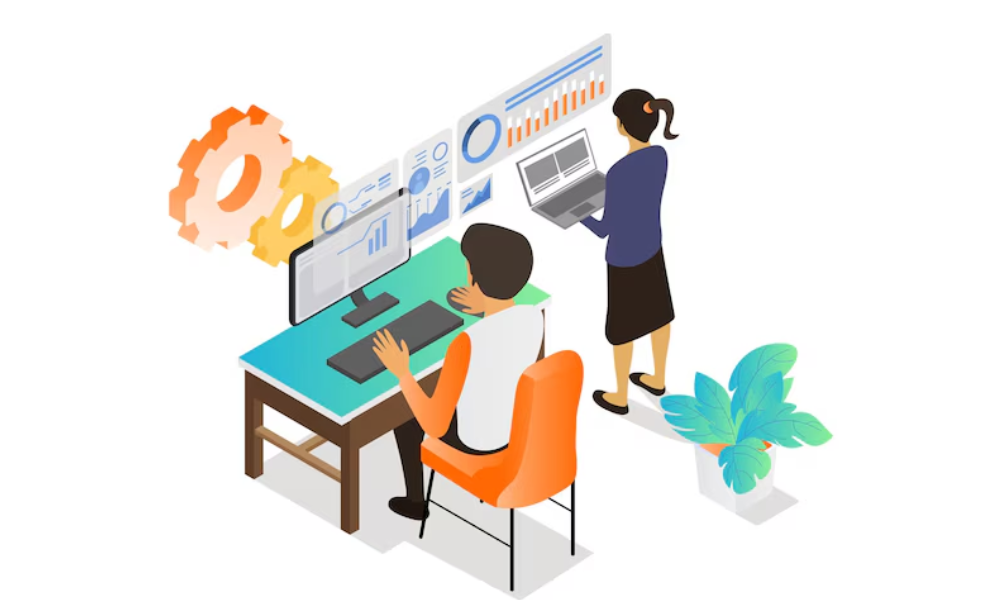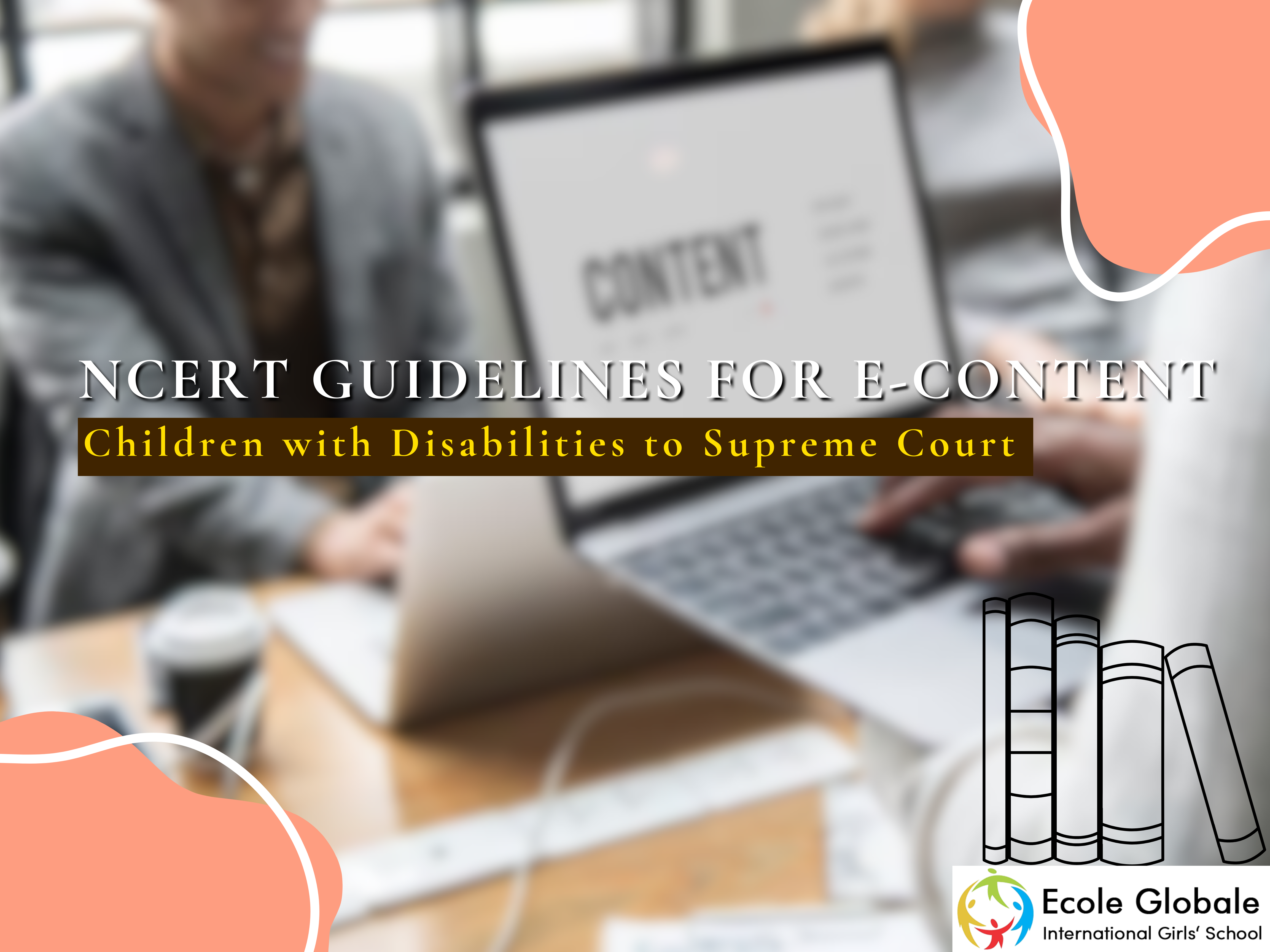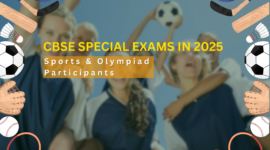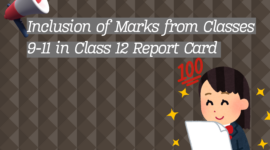New Delhi:
The Indian government has informed the Supreme Court about the National Council of Educational Research and Training’s (NCERT) newly developed guidelines for creating e-content tailored for children with disabilities. This marks a significant step towards inclusive education and aims to ensure that all children, regardless of their abilities, have access to quality digital learning resources.
Key Features of the Guidelines

The NCERT’s guidelines emphasize the development of e-content that is accessible, inclusive, and aligned with the needs of children with disabilities. The framework prioritizes the use of assistive technologies and ensures content compatibility with various disabilities. Key components include:
- Accessible Design: All digital materials will be designed for compatibility with screen readers, Braille displays, and other assistive devices.
- Audio-Visual Support: The e-content will include subtitles, audio descriptions, and sign language integration to support children with hearing or visual impairments.
- Ease of Navigation: User-friendly interfaces and simplified navigation systems will be implemented to cater to children with cognitive or motor disabilities.
Alignment with Legal Frameworks

The guidelines comply with the provisions of the Rights of Persons with Disabilities Act, 2016, which mandates accessible and inclusive education. By creating such resources, the government demonstrates its commitment to fulfilling its legal and ethical obligations towards children with disabilities.
Submission to the Supreme Court

During the hearing, the government highlighted its efforts to implement these guidelines nationwide. The submission underlined the central objective of bridging educational gaps and ensuring equitable learning opportunities for differently-abled children. The initiative also showcases the government’s broader strategy to address the challenges posed by the digital divide in education.
Implementation and Monitoring

The government assured the Supreme Court that it would actively monitor the rollout of these guidelines. A robust feedback mechanism will also be introduced to evaluate the effectiveness of the e-content and make necessary improvements.
In addition, educators will be trained to use assistive technologies and create content in compliance with the NCERT framework.
Experts Applaud the Initiative

Education experts have welcomed this development, calling it a progressive step toward achieving inclusive education. “This initiative recognizes the importance of digital accessibility in today’s learning environment and ensures that no child is left behind,” said a senior educationist.
However, experts also stress the need for continuous collaboration among policymakers, educators, and content developers to ensure successful implementation.
Conclusion
The NCERT’s guidelines for developing e-content for children with disabilities represent a significant milestone in India’s journey toward inclusive education. As the government takes steps to implement and monitor these guidelines, the initiative could set a benchmark for digital inclusivity in education, ensuring a brighter and more equitable future for children with disabilities.









